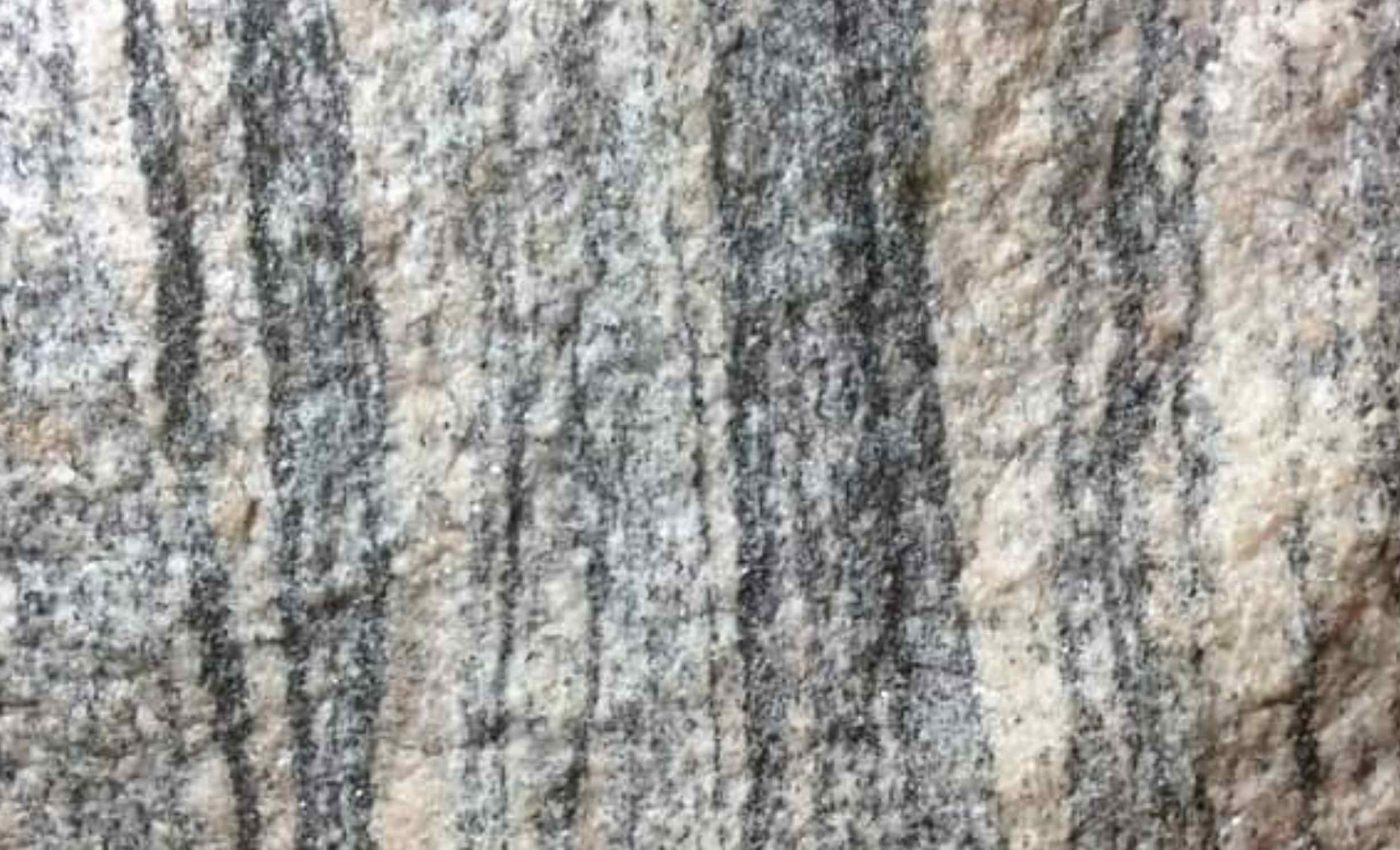
Geologists found the oldest rock in the U.S. dating back 3.82 billion years
Scientists have confirmed that a piece of Gneiss in Michigan stands as the oldest rock in the United States. It contains zircon crystals that formed around 3.82 billion years ago, placing it ahead of long-held contenders.
We once assumed Minnesota held that distinction, but fresh data points in a different direction. Carol Frost of the University of Wyoming announced these findings with a team that tested rock samples using advanced geochronology tools.
Rocks and zircon
For many years, Morton Gneiss was hailed as the nation’s oldest known rock. The new information suggests that it holds second place.
Geologists believe that earlier measurements lacked the precision we have now. Advanced methods have turned our understanding of these formations upside down.
Experts rely on robust minerals to reveal the age of metamorphic rocks. Zircon stands out because it holds radioactive elements that behave in a predictable way over long periods.
Scientists focus on the ratio of those elements to estimate how much time has passed since the crystal formed. This gives us a peek into events that happened billions of years ago.
From forest floor to lab
Michigan’s Upper Peninsula might not appear special at first glance, but some spots conceal surprisingly ancient structures. Researchers carefully extracted material from these places to analyze them under high-tech microscopes.
They were stunned to find signals that pointed to an extremely old origin. Those signals reinforce the view that parts of our continent formed earlier than we once imagined.
Why it’s important
Studies like this push us to reevaluate how our continent grew through time. Geochronology, with the help of radioactive elements preserved in rocks with zircon, helps us see how the Earth’s crust matured.
Some researchers keep searching for even older formations that may lurk below layers of sediment. They suspect there could be hidden fragments that date back to early Earth.
“So, what is the age of the rock? I mean, what does the question really mean?” exclaimed Carol Frost. Geologists agree that the definition of a rock’s age can get murky. A single formation may host minerals that formed at distinct intervals.
Zircon, rocks, and plate tectonics
Some old terrains record evidence of plate tectonics, the shifting of Earth’s crust that can create mountains and oceans.
Rock layers often reveal moments of collision or separation, giving us hints about how landscapes have transformed across countless epochs.
Analysts examine microscopic textures in these rocks to trace how pressure and heat reshaped them.
By piecing together such details, they can reconstruct stories of ancient collisions that shaped entire sections of the continent long before life emerged.
Windows into early conditions
Ancient rock formations can also contain clues about the atmosphere and temperatures that prevailed when they first formed.
Layers of minerals sometimes signal when oxygen levels rose or when volcanic activity was more intense than it is now.
Scientists test chemical signatures locked in older layers to see if they match predictions about Earth’s formative eons.
Traces of ancient life can appear in these samples, giving us clues about when and where organisms managed to exist.
Connecting to resources
Natural resources sometimes concentrate in zones with a long geologic history.
Metals like gold or copper can accumulate in regions that experienced repeated melting and cooling over billions of years, leaving behind economically valuable deposits deep in the crust.
Researchers use data from ancient rocks to guide exploration and understand the processes that concentrate key elements.
Studying these ancient formations thus has practical applications, influencing how industries plan for future extractions and maintain sustainable practices.
What lies ahead
Technological leaps in dating methods could help pinpoint critical phases in Earth’s evolution with greater accuracy.
Instruments that detect minute shifts in isotopes allow geologists to confirm or challenge theories about how fast continents formed and how they interacted.
Findings from older rock units can have implications for today’s changing environment.
Ancient records of volcanic eruptions or climate shifts offer perspective on processes that still impact us, proving that the present is deeply tied to the distant past.
Ancient Earth seen in zircon rocks
Studying these relics might help us figure out when early crust stabilized. That period shaped the landmasses that we live on now.
Some specialists believe there are even older rocks below the surface. Future investigations could rewrite what we know about North America’s beginnings.
Researchers around the country remain motivated to uncover even deeper secrets from our planet’s past. New technology may one day expose regions that are older than anything we have identified so far.
Anyone intrigued by Earth’s transformations can celebrate each discovery that sends us back another eon. These chunks of stone carry stories about an era that set the stage for life as we know it.
The study is published in GSA Today.
—–
Like what you read? Subscribe to our newsletter for engaging articles, exclusive content, and the latest updates.
Check us out on EarthSnap, a free app brought to you by Eric Ralls and Earth.com.
—–













